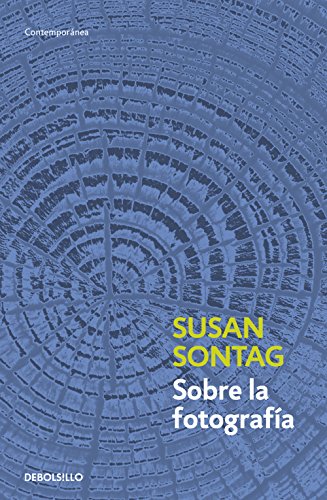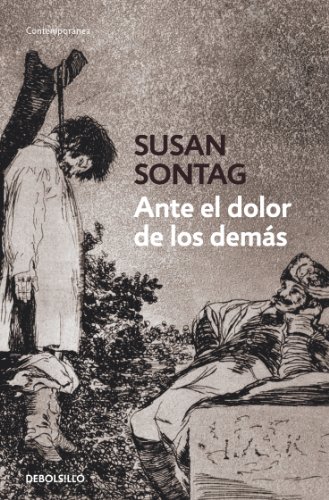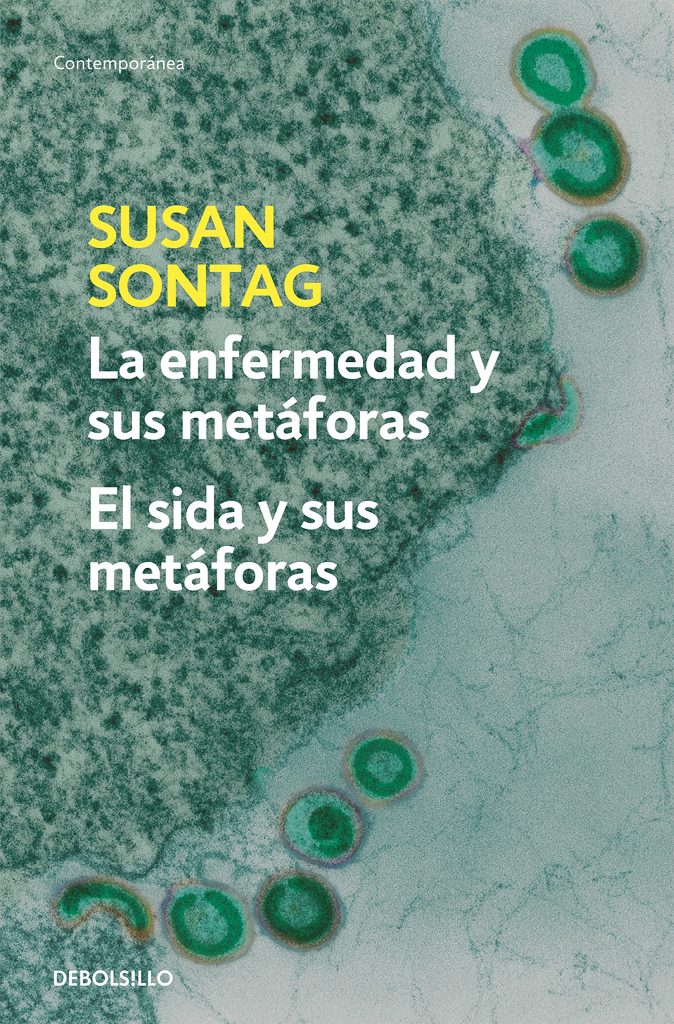Susan Sontag was an illustrious American writer of Jewish origins, a select but extensive group of narrators with Hebrew roots that she has sheltered since her contemporary Philip Roth but also Paul auster, through many other greats of literature made in the USA.
Trying to fix Susan Sontag in a genre is a committed exercise, because in that creative freedom that this author always displayed, we can find a variation of arguments and resources that point to her performance as a writer with a more inspirational than premeditated aspect. .
But in the end, in every creator you can guess that line, the intention, the will to tell stories with that determinism of the soul to put black on white intellectual concerns and even vital drives.
In the end, we find in Sontag's bibliography an inexhaustible vein between the most vital philosophy and that firm ideological conviction loaded with anthropological existentialism that placed the person at the center of everything and that made him an "influencer" of his time in what social, cultural and even political.
Top 3 Recommended Books by Susan Sontag
About photography
Undoubtedly, photography was a unique invention where they exist. It is not that it meant a transformation of the world in the technological, but in the human. The fact that an instant can be captured for posterity with that magical sensation that borders on the inconceivable and that leads us to relive what has already happened with the weight of memories made into images.
Some similar idea would be considered, among many others, by Susan Sontag to approach this original book that transits between technique and result, between the machine that captures a smile and the essence of that smile reaches again by those who contemplate the snapshot any moment later .
About photography, first published in 1973, was a revolutionary work in photographic criticism. With him, Susan Sontag raised inescapable questions, morally and aesthetically, about this art form. There are photographs everywhere; They have the power to impact, idealize or seduce, they can provoke nostalgia or they can serve as a reminder, and they stand as evidence against us or in the middle to identify us. In these six insightful chapters, Sontag wonders how the omnipresence of these images affects our way of seeing the world, and how we have come to depend on them to craft notions of reality and authority.
Regarding the pain of others
Nothing is more empathetic than trying to reach that same space where pain lashes out, where the sword lashes every second that advances between the bitter and inexhaustible hours of pain.
And yes, no one better than Goya to reflect, in his second stage, that pain made a synthesis between his afflicted soul and his decadence felt from his deafness. Nobody like the Aragonese painter to reflect the pain he empathizes with, camouflaged between the disasters of war, sensations of the human as ominous. The tragic is assumed by each one as the soul dictates. The question is how we position ourselves when the pain is on the other side, inside a neighbor.
Twenty five years after About photographySusan Sontag returned to the study of the visual representation of war and violence. How does the spectacle of the suffering of others affect us? Have we gotten used to cruelty? To do this, the author examines the Goya series The disasters of war, photographs of the American civil war and Nazi concentration camps, and gruesome contemporary images of Bosnia, Sierra Leone, Rwanda, Israel, and Palestine, as well as New York City on September 11, 2001. In Regarding the pain of others, Susan Sontag contributes an interesting reflection on how the war is carried out (and is understood) in our days.
The sickness and their metaphors
We were never a protected species, oblivious to major diseases, pests or pandemics. Despite the fact that we believe we are with each new cycle in which the evil in the form of a common disease recedes. Or perhaps it is something that we should think like this, to move forward even with everything.
After approaching Susan Sontag's books on several occasions, you discover the strange sensation of turning pages between realities turned into fascinating novels. On this occasion, and taking advantage of the despicable synergy of the coronavirus, everything takes on a greater sense of the novel come to life.
And yet, in the essay we also find anthropological wisdom about the disease, essential remains of psychology, traces of the collective imagination in the face of the catastrophe of our weaknesses... This volume brings together the essays, The sickness and their metaphors y AIDS and its metaphors, which continue to exert an enormous influence on medical thinking and the lives of thousands of patients and caregivers.
Susan Sontag wrote The sickness and their metaphors in 1978, while he was dealing with cancer. In the book she wanted to demonstrate how myths about some diseases, especially cancer, add more pain to patients' suffering and often inhibit them from seeking appropriate treatment. Almost a decade later, with the emergence of a new stigmatized disease and filled with uncertainties and "punitive fantasies," Sontag wrote AIDS and its metaphors, extending the arguments of the pre-AIDS pandemic book.




1 comment on “The 3 best books by Susan Sontag”